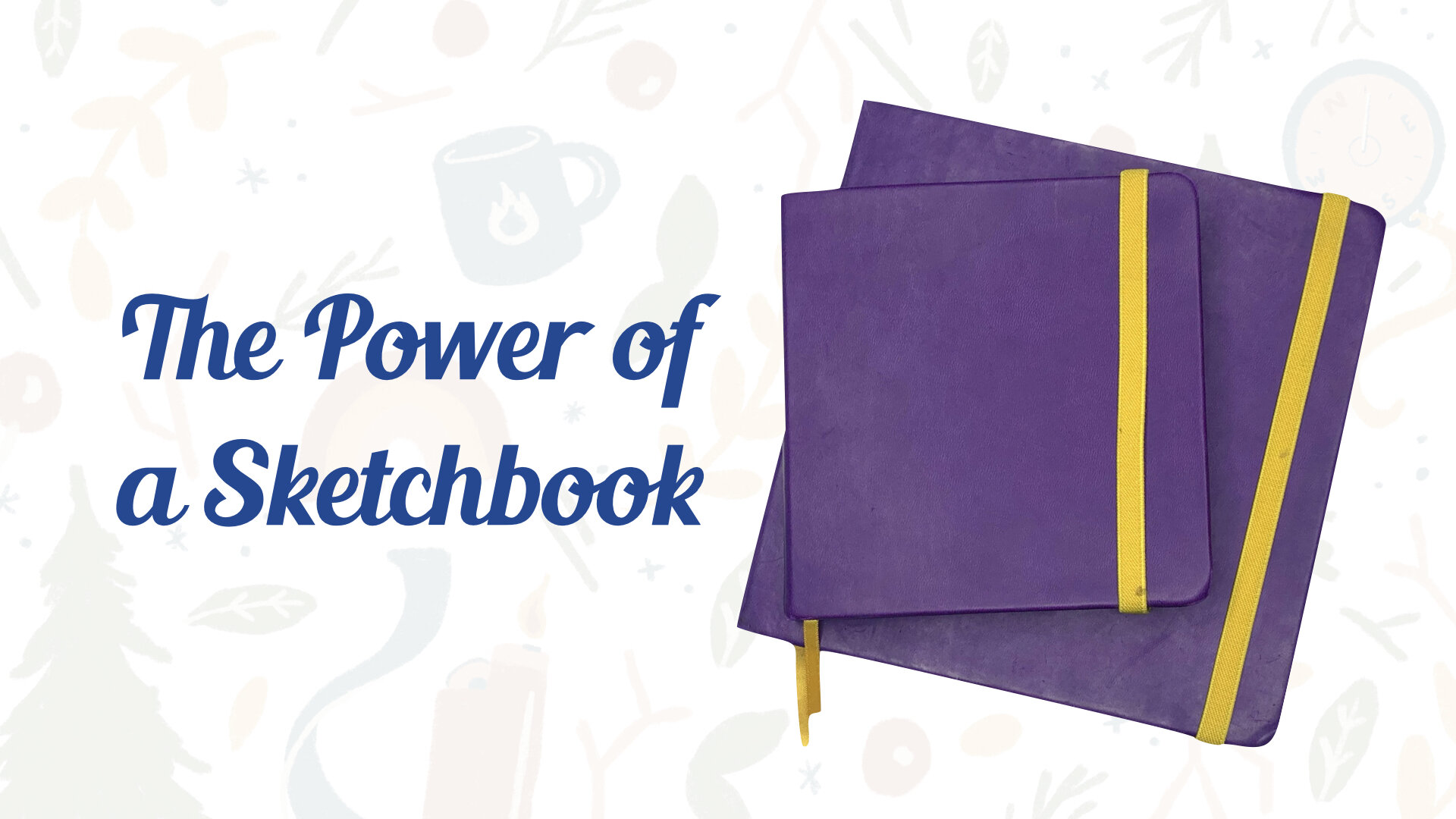Lesson Plan: Digital Illustration and Augmented Reality
Lesson Plan
At the end of this lesson, students will combine traditional art skills with digital painting techniques and augmented reality to create an interactive illustration.
Target audience: Third and Fourth year undergraduate students in an illustration or graphic design program.
Tools used: Google Drive, Slide AR, Procreate/Photoshop, Pinterest
Year: 2022
Overview
Mobile devices have changed the way we learn and connect with others on a daily basis. McQuiggan et al. (2015) shares that learning is no longer tethered to a classroom, teacher, or experience, but rather our everyday environments inspire learning opportunities. With a mobile computer in most of our pockets, we can snap a picture to include in a presentation, search for the answer to a question proposed at dinner, and even learn a new language while on the bus. The options are as limitless as the technology. This flexibility and environmental learning is the foundation for my augmented reality lesson plan.
EMDT Program Learning Goal(s):
Students will evaluate and create instructional media and technology to support teaching and learning.
Students will identify and critically examine educational technology trends for practical application
Students will analyze and evaluate effective teaching strategies in the design and development of curricula.
Students will incorporate and analyze higher order thinking skills in the design of assessments
Instructional Goal of the Artifact: Design a lesson utilizing augmented reality and an app stacking instructional approach.
Process
Augmented reality (AR) is a feature where computer-generated graphics are superimposed on a live feed from a camera. Usually, this is accomplished with a mobile device (cell phone) and specific software and can create an interactive environment for learning (Sinha, 2021). To begin crafting a learning experience using AR, I defined my learners and learning objectives. I pulled prebuilt learning objectives from RMCAD’s Digital Illustration 2 class and edited them to suit my lesson plan. Although I don’t have experience teaching in an illustration program, I did create the lesson for an advanced digital illustration class. Students in this course should have advanced drawing and perspective skills and will have the freedom to explore AR as a publishing medium.
This lesson plan is also built for an asynchronous online learning environment and reference materials will be necessary to provide instructional content for learners. Along with ‘how-to’ videos for the technical aspects of the project, I also shared a video that inspired the lesson. In this video (see below), oneartatatime records and shares their process using AR to transform a digital illustration into a multimedia experience.
Inspiration Video for the AR Lesson Plan
The complete lesson plan includes a step-by-step sequence for students to follow and a rubric to assess their final submissions.
Final Lesson Plan
Results and Takeaways
I utilized Slide AR as the AR software of choice, but as this technology becomes more ubiquitous, other options will become available. With advanced features and more time, a learner could create an in-depth AR experience using solely their illustrations. This lesson is designed to build a product to share in a student’s portfolio and inspire further exploration of this technology.
References
McQuiggan, S., McQuiggan, J., Sabourin, J., & Kosturko, L. (2015). Mobile learning: A handbook for developers, educators, and learners. Wiley & Sons.
Sinha, S. (2021, May 12). Augmented reality in education: A staggering insight into the future. eLearning Industry. Retrieved February 27, 2022, from https://elearningindustry.com/augmented-reality-in-education-staggering-insight-into-future


